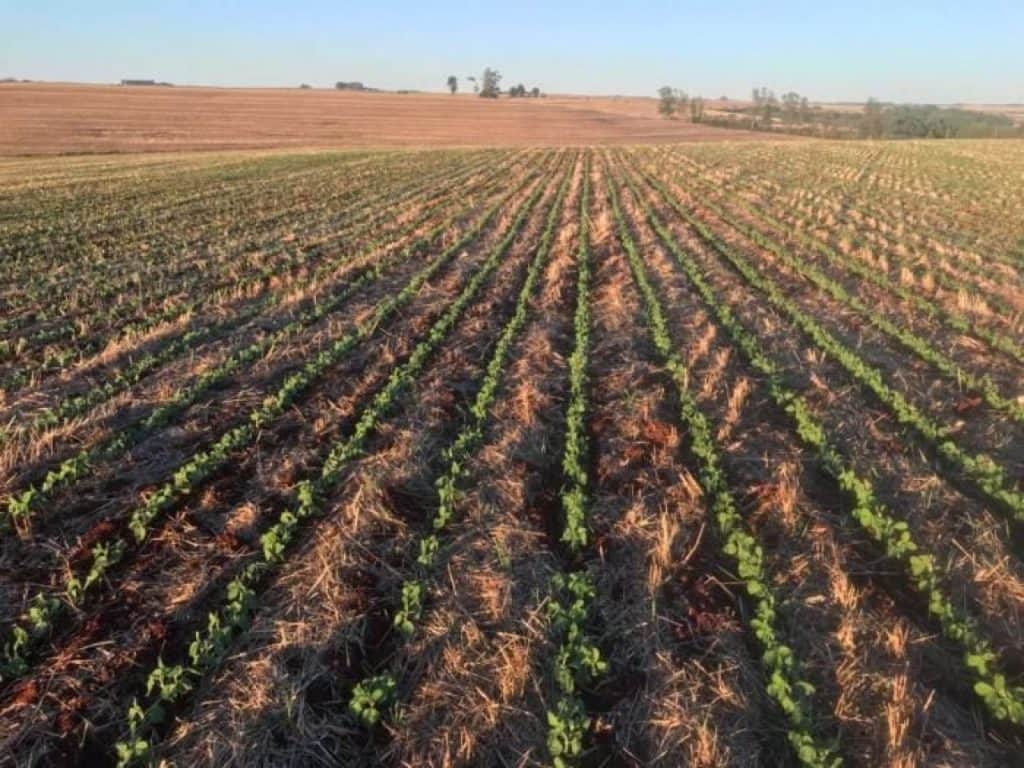Porto Alegre, April 4, 2022 – The long-awaited planting intentions report on the new US crop, released by the United States Department of Agriculture (USDA) on Thursday (31), focused the attention of market players last week, shaking the market.
USDA confirmed the bias expected by the market by indicating an increase in the area to be planted with soybeans and a decrease in the area with corn for the new US crop, which begins to be planted in the coming few weeks. Yet, the size of the increase in soybeans and the decrease in corn was surprising. For the very first time in USDA reports, soybeans are estimated to have a larger acreage than that of corn in the United States, which is historic. It is important to remember that the numbers are still ‘initial’ and that the final US acreage will only be known in June. In any case, this higher-than-expected rise in soybeans surprised the market and impacted the CBOT futures contracts.
The area planted with soybeans in the United States in 2022 must hit 91 mln acres. If confirmed, the area will set a record and be 4% above the total cultivated last year.
The number was above the market expectations of 88.8 mln acres. At the USDA annual forum held in February, the indication was for an area of 88 mln acres. Last year, US growers planted 87.195 mln acres with the oilseed. According to USDA, 24 out of the 29 growing states should increase planting.
With the increase in the soybean acreage, the United States can reap the biggest crop in its history.
Using the ‘normal’ average productivity for the last five seasons, the US production potential reaches just over 126 mln tons. Such productivity takes into account the development of crops under favorable weather conditions, with few climatic problems.
If we use the highest average productivity ever recorded in the US crop (2016/17), production could reach more than 128 mln tons. Such productivity takes into account very favorable weather for crop development.
Taking into account almost perfect climate conditions and possible productivity gains through technology, production might hit nearly 130 mln tons.
The potential for US overproduction is naturally a key factor for Chicago, which now has a bearish factor in the short and medium term, as large production can help alleviate US stocks.
We are entering a US weather market that is expected to be extremely volatile from planting to harvest. The soybean planting should start in the second half of April. If the weather is positive, there may be more pressure on Chicago. If the weather does not help and work is delayed, the pressure may be mitigated.
But it is important to point out that the window for planting corn is smaller than that for soybeans. If there are delays with corn, more areas may be switched for soybeans, weather permitting.
In case of weather problems in the planting and/or development of soybean crops, Chicago may regain strength later on, especially from June.
Copyright 2022 – SAFRAS Latam

